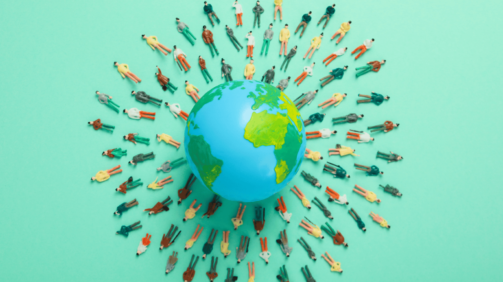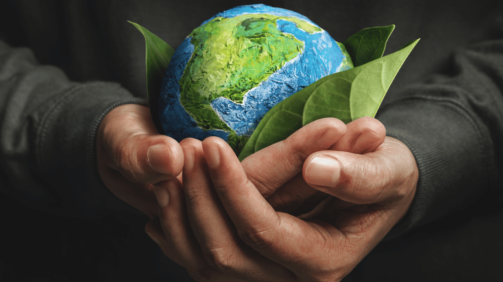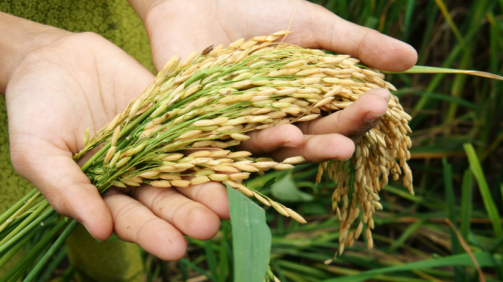Sustainable architecture Sustainable architecture also known as green architecture or eco-friendly architecture is an approach to design that seeks to minimize the negative environmental impact of building while enhancing the well-being of occupants. Eat ...
How to Avoid Being an Impulsive Buyer: A Comprehensive Guide
How to Avoid Being an Impulsive Buyer: A Comprehensive Guide In today's fast-paced world, filled with advertisements and instant gratification, it's easy to fall into the trap of impulsive buying. From online sales to in-store promotions, the temptation t ...
Mental Health Stigma
Mental Health Stigma Mental health stigma refers to negative attitudes beliefs and stereotypes that individuals and society hold a word mental health disorders or those who experience them. It encompasses discrimination and the marginalization of people b ...
Unlocking the Power of Digital Marketing: A Work-from-Home Opportunity for Women
Unlocking the Power of Digital Marketing In today's fast-paced world, the internet has revolutionized how we live, work, and connect. One of the most exciting opportunities it offers is the ability to work from home, and digital marketing is at the forefr ...
Rise of Virtual Technology
Rise of Virtual Technology Virtual technology once confirmed the release of science fiction which has now become an integral part of our reality. Its ability to create a simulated environment or experience virtual technology encompasses a spectrum of inno ...
Navigating the Waves of Postpartum Recovery: My Journey from Chaos to Calm
Navigating the Waves of Postpartum Recovery Once upon a time, in a cozy little town, I embarked on the most transformative journey of mylife: becoming a mother. The arrival of my bouncing baby boy through a C-section brought unparalleled joy and an equal ...
Cultural Preservation in the Globalisation World
Preservation in the Globalisation World Preservation in the globalized world is supposed to be a fertile practice aimed at saving Goods and maintaining the distinct cultural identity tradition language and heritage of different communities emitting the fo ...
Celebrating Environment Day: A Call to Action for Our Future
Celebrating Environment Day Every year on June 5th, we celebrate World Environment Day, a special day dedicated to raising awareness and taking action to protect our beautiful planet. This year’s theme is "Ecosystem Restoration," which reminds us of the c ...
Food Security
Food Security Food security refers to the condition where all people at all times have physical social and economic access to sufficient safe and nutritious food that meets their dietary needs and food preferences for an active and healthy lifestyle. Indi ...
Mental health in the digital world.
Mental health in the digital world. Social media often portrays a culture of comparison where user constantly compare their life achievement in appearances to others which can lead to feelings of inadequacy low self-esteem and depression as individuals re ...










